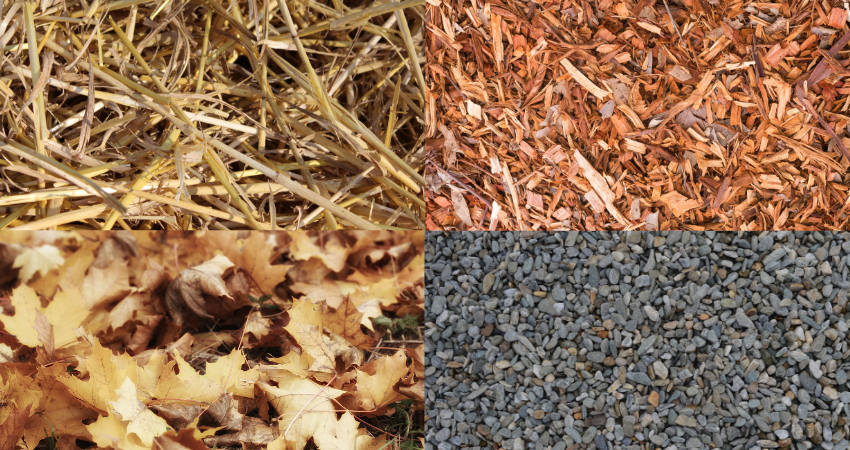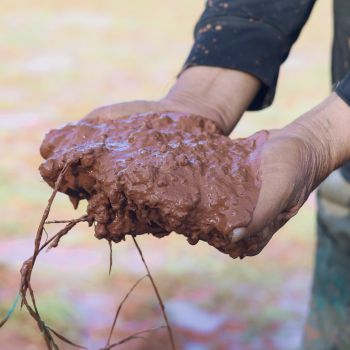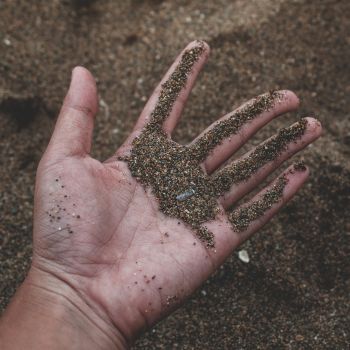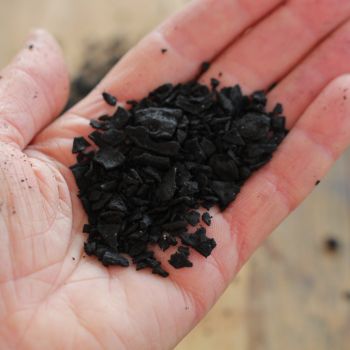Good soil is a garden's most precious asset, and taking care of it should be a never-ending process. One of the most effective ways of doing this is through a technique known as mulching, an easy task and an excellent habit for any gardener to get into.
The basic idea behind mulching is to add a layer of new material over the top of the existing soil, protecting it from the elements and improving the growing conditions for your plants.
Mulch comes in a wide range of materials, and depending on which one you use, the process provides many invaluable benefits.
- Mulching suppresses new weed growth by depriving them of sunlight. It can also completely clear an overgrown, weed-ridden patch of ground, ready for turning into a more productive space.
- Mulch helps the soil retain moisture in dry weather, and reduces surface run-off in wet weather.
- The extra layer protects the underlying soil from erosion by wind, sunlight, and rain.
- It provides a more consistent temperature in the soil through changes in the weather or season, giving your plants' roots more reliable conditions to thrive in.
- Rougher mulch materials can deter slugs and snails, giving your crops an extra layer of protection.
- Over time, mulching with organic matter improves the soil's texture and fertility.
- It also adds immediately usable nutrients to the ground without using chemicals or fertilisers.
- Regular mulching reduces or removes the need for digging over your flowerbeds and veggie patches, protecting earthworms and the rest of your soil's ecosystem.
Choosing a Mulch
Virtually any material can be used as a mulch. Your choice depends largely on which improvements you're hoping to make to your garden, as well as which materials you already have on hand.
Here are nine of the most popular mulching materials, along with advice on which situations they can be used in.
1) Pebbles and Gravel
Stone mulches such as pebbles or gravel provide semi-permanent protection for structural parts of your garden, such as pathways, steps, and edging. They help prevent erosion from weather and trampling feet, and also control weeds to maintain a tidy appearance.
However, stone isn't suitable for most active growing areas. Over time, the pebbles will work down into the soil, creating obstructions for developing roots. This is a particular problem for annual veggie beds containing carrots and other root vegetables. For these beds, an organic, quick-rotting mulch would be much more suitable.
However, gravel can make a good surface mulch for perennial herb gardens, for example, as it mimics the scorched and rocky native habitats of many of the most popular culinary herbs.
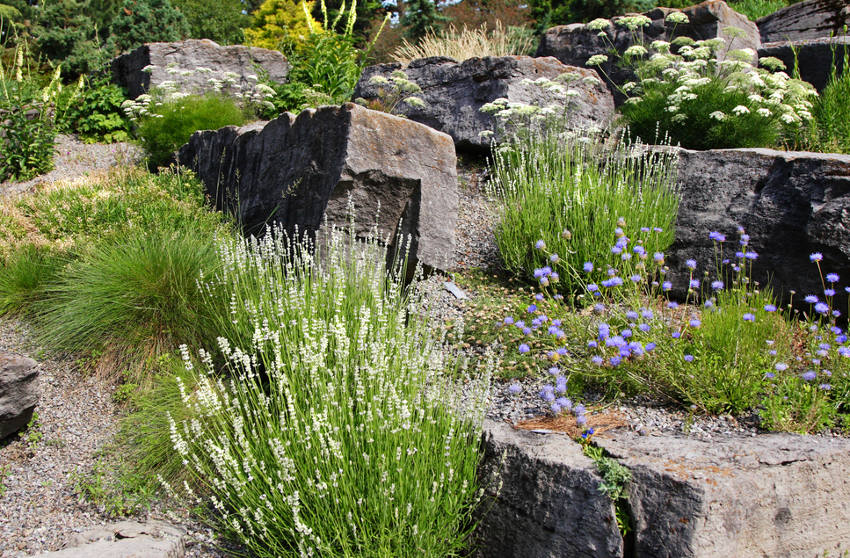
2) Wood Chips and Bark
Wood chippings or bark make a good choice for mulching around established shrubs or trees. They protect the soil and boost moisture retention, and while they'll eventually rot down, they provide longer protection than softer organic mulches. Woody material also adds a natural visual appeal with carefully chosen materials.
However, be aware that the slow decomposition process of wood can actually remove certain nutrients from the soil, as fungi and bacteria use them to do their digestive work. Counter this effect with a nitrogen-rich fertiliser if the mulched plants show any signs of yellowing.
Also, you may wish to check that a wood mulch hasn't been chemically treated or coloured. Any additives will leech into your soil as the chips degrade, which will be a concern to organic or veggie gardeners in particular.
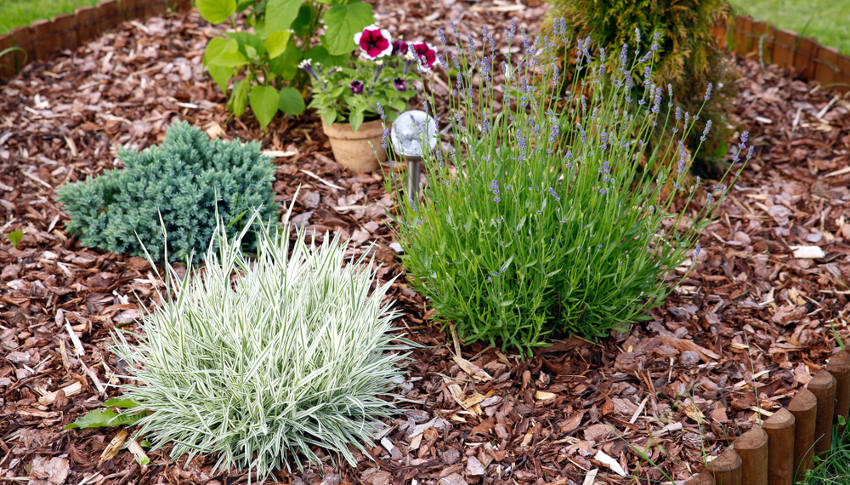
3) Lucerne
Also known as alfalfa, lucerne mulch is widely used in organic and no-dig gardening systems thanks to its high levels of nitrogen, potassium, and other essential nutrients.
Combine this with reliably speedy decomposition, and it makes a great general-purpose mulch that's ideally suited to improving sandy or clay soil within a short time.
Lucerne is particularly good for veggies, fruit trees, roses, and other flowering plants. However, aim to buy the more expensive second- and third-cut lucerne rather than the cheaper first-cut, which can contain large numbers of weed-causing seeds.
4) Sugar Cane Mulch
A good all-rounder, sugar cane mulch is made from the shredded leaves and tops of the sugar cane plant. Most supplies come from sustainable sources, and are often certified seed-free to prevent weed problems.
Sugar cane mulch is said to encourage earthworm activity, making it a good choice for no-dig gardens. This inexpensive and bulky mulch is also useful for covering larger areas, or for padding out raised beds with valuable organic matter.
5) Pea Straw
As a member of the legume family, pea plants incorporate nitrogen from the air into themselves as they grow. This makes mulches made from their straw highly nourishing for your soil, and they're ideal for veggie beds which include brassicas.
However, pea straw rots down extremely quickly, so you'll likely need to top up the mulch several times a season.
6) Other Straws and Hay
Any other kind of straw or hay you have available can be used as a surface mulch, but make sure you know where it comes from and what it contains. If it's full of seeds you could be creating far more weed problems than the mulching solves.
Also, depending on your climate and conditions, coarser types of straw may take longer than a season to rot down fully. This can cause problems for annual beds where it's better to avoid digging unrotted matter into the soil if possible.
If you find your straw isn't decomposing fast enough, gather it up before harvesting or digging over the beds, and add it to your compost heap to finish the job.
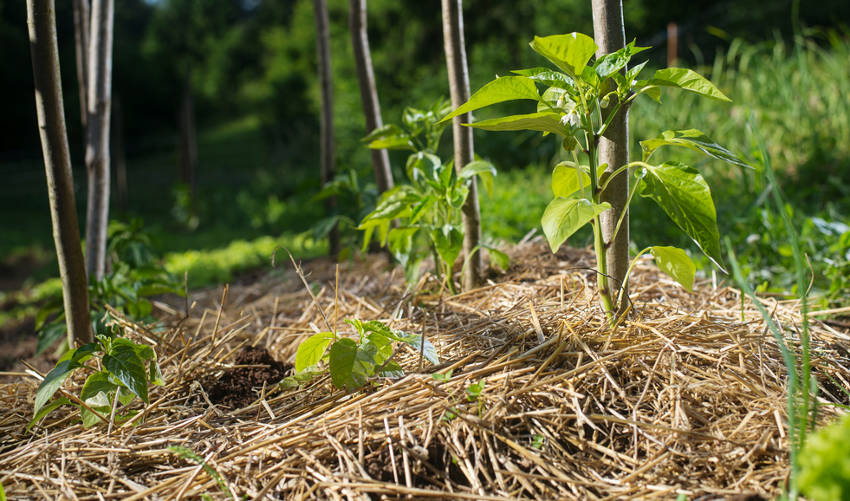
7) Leaves
If you have deciduous trees in your garden, mulching is a pleasingly efficient way of dealing with the annual leaf fall. It provides much better long-term benefits than simply burning or otherwise disposing of them.
However, most leaves are very slow to rot down into the soil. If this is an issue, try using your lawnmower to speed things up by shredding the leaves before mulching. Alternatively, set the leaves aside in damp piles for a year to degrade into more friable leaf mould which can be applied directly.
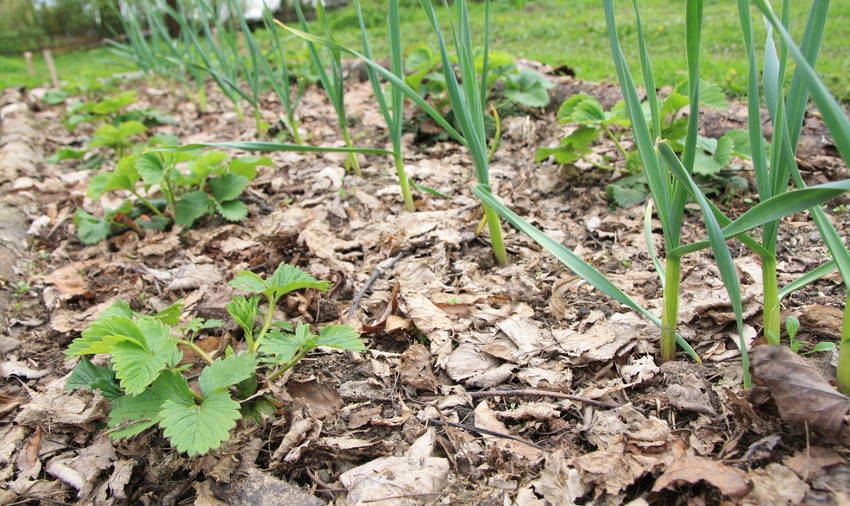
8) Compost
Home-made compost makes a vital addition to a healthy soil, completing the nutrient cycle in a satisfyingly organic way. If you have a good supply, using it as a mulch makes perfect sense.
However, unless your compost is fully rotted down, it may contain stray seeds and root fragments that can spread a weed problem around. Also, its fine texture means it can be easily blown or washed away.
You can solve both these problems by using your compost as the lower layer in a two-part mulch, topped with a more substantial layer of straw or hay. This will feed the soil while also suppressing weeds and providing protective surface cover.
9) Shredded Garden Waste
Lastly, almost any kind of organic garden waste can be shredded and used as a mulch. However, there are two important points to watch out for.
Firstly, don't use any diseased clippings which haven't first been sterilised in a hot compost heap. Likewise, avoid using any invasive species as a mulch. Even shredded, these tenacious plants can take root wherever you scatter their remains, spreading the problem around quite effectively.
When and How to Mulch
There's a lot of gardening lore and conflicting advice over the best time to mulch your garden. The truth is, doing it at any time will provide more benefit than not doing it at all.
However, bear in mind that if you mulch too early in the spring, it can take longer for the soil to warm up to growing temperature. Similarly, if you mulch on a hot summer's day, you'll be sealing in the heat, which may not be helpful for more tender plants.
Considering this, aim to mulch in moderate conditions, when the garden is active and growth is underway. Mid-spring and mid-autumn are good choices for putting down a first layer, although you can top up an existing mulch at any time.
When applying your mulch, layer it around 5cm deep for heavier materials such as gravel or bark, heading up towards 8cm or more for lighter and more fibrous materials. For better weed suppression, put down a few sheets of biodegradable newspaper or cardboard first.
Water the ground well before mulching, to seal plenty of moisture into the soil from the start. Also water well after applying the mulch, to prevent dry, light material from being blown away.
Lastly, don't mulch too closely around young or tender plant stems, as this risks causing collar rot or other mould problems as the organic material decomposes.
Taking care of your soil should be your first priority for making your gardening life easier. Mulching is an essential part of that process, and if it's something you've avoided until now, make this the year you begin a new lifelong habit.
